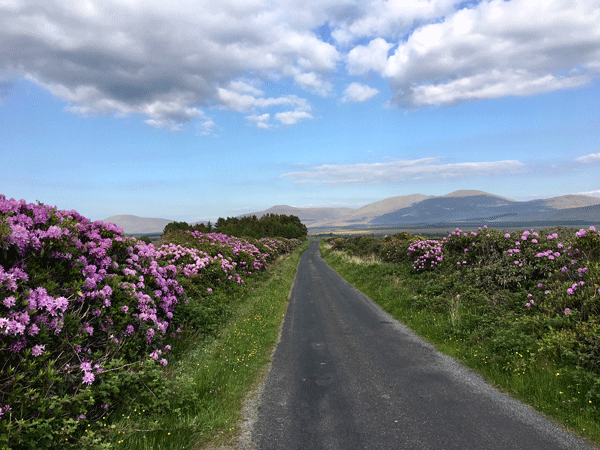
The Winding Road door Marina Tuffy.
Marina Tuffy schreef een typisch Iers verhaal, vol kinderlijke verwarring en overwoekerde geschiedenis. Hoe een vierjarige de omringende wereld probeert te begrijpen door taal. Hoe the winding road toch geen windy road is, en tenslotte ook nog straight blijkt… . Hoe woorden en namen herinneringen bewaren aan een wereld die ooit bestond. Een verhaal over transformatie, verval en de nekslag waartoe de natuur in staat is.
Het werd onlangs gepresenteerd in de Achill Writer’s Group.
The winding road.
[:en]
The winding road by Marina Tuffy.
Marina Tuffy, wrote a typical Irish story, full of confusion and overgrown history. How a four year old tries to make sense of the world through words. How the winding road apparently is not a windy road, and -lo and behold – turns out te be straight. How words keep alive a world that once existed. A story about transformation, decay and ultimate annihilation by the forces of nature.
It was recently written for the Achill Writer’s Group.
The winding road.